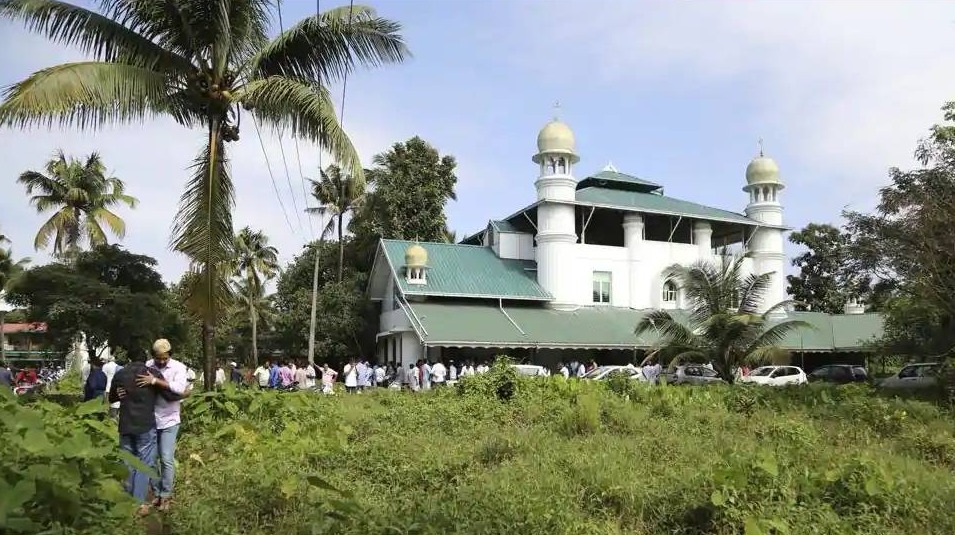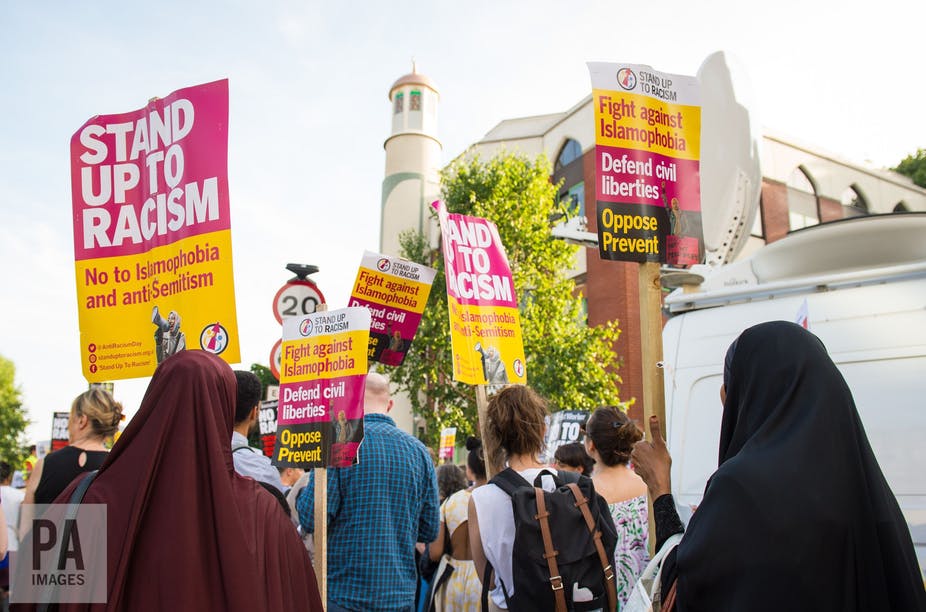House speaker Paul Ryan has reinstated Father Patrick Conroy as chaplain of the House of Representatives. Conroy, who resigned last week, later rescinded his resignation, daring the speaker to fire him instead.
We are scholars of religion and American politics who, with Brandeis Ph.D. candidate Margaret Clendenen Minkin, have written about the history and work of congressional chaplains. The present controversy offers a unique opportunity to ask broader questions about what congressional chaplains do and why the U.S. Congress employs them in the first place.
History of congressional chaplains
The American tradition of legislative prayer dates to 1774, when Jacob Duché, the rector of Christ Episcopal Church in Philadelphia, was recruited to offer prayers before the First Continental Congress.
You may be interested
After the Constitution was ratified, the U.S. Senate selected an Episcopal bishop from New York, Samuel Proovost, as its chaplain in April 1789.
For its part, the House of Representatives chose William Linn, a Philadelphia Presbyterian minister, as its first chaplain in May 1789. Proovost and Linn each received an annual salary of US$500. After Congress moved to Washington, D.C., local clergy took turns leading prayer before the permanent chaplaincies were institutionalized.
Who are the chaplains today?
Today, congressional chaplains hold full time, nonpartisan, nonsectarian jobs. They are formal officials of the chamber in which they serve. Each chaplain has a staff and is paid as a level IV executive federal employee: currently $164,200.
The chaplains offer public prayers at the beginning of each day of congressional business. They also provide pastoral care for members of Congress and others associated with the House and Senate, including staff, police and family members.
It is noteworthy, however, that they do not demographically represent the American public, and quite strikingly so. Every congressional chaplain since 1789 has been a Christian man, and of those nearly all have been Protestant. Only one, the current Senate chaplain, Rev. Barry Black, has been a person of color. The only time that Muslim and Hindu chaplains have delivered prayers was as one-time guest clergy. It’s the same for women.
Church-state separation?
In a nation in which church-state separation is the law of the land, it has long been controversial to have chaplains formally working for the federal government. During the 1850s, Congress received a number of petitions calling for the elimination of the positions. But chaplains remained.
In 1983 a lawsuit led by Ernest Chambers, a member of the Nebraska State Legislature, to end the practice of legislative prayer reached the U.S. Supreme Court. However, the court decided to defer to historical custom rather than asserting a firm boundary between church and state.
The current controversy, however, is unprecedented. Father Conroy is the first congressional chaplain ever asked to leave office in the middle of a congressional term and certainly the first to rescind his resignation. As this debate continues there are more and more calls to abandon the practice of having legislative chaplains all together. Perhaps that is the conversation worth having.
This is an updated version of an article originally published on May 1, 2018.








